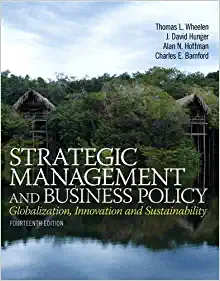Question
Suppose a monopolist faces a market demand that is the first two columns in the table below. Also, in the short run, assume that Total
Suppose a monopolist faces a market demand that is the first two columns in the table below. Also, in the short run, assume that Total Fixed Cost equals $100 and the monopolist has Total Variable Cost according to the table. Find Total Revenue for each price and quantity combination, and then Marginal Revenue as price falls and quantity increases. Fill in the rest of the costs in the table and find profit at each price and quantity combination as the difference between Total Revenue and Total Cost. If profit is less than zero that indicates a loss. What is the maximum profit you found in this table? At what quantity and price combination is profit maximized for this monopolist?
Next, verify this result by using Marginal Analysis to find the profit maximizing price and quantity combination. For each quantity, ask yourself if Marginal Revenue exceeds Marginal Cost. If it does, then profits would be increased by producing that quantity. As you go down the table to higher quantities, stop at the quantity where producing more would cause Marginal Revenue to be less than Marginal Cost. Any quantity where Marginal Revenue is less than Marginal Cost would actually make profit lower and therefore is not profit maximizing. As long as Marginal Revenue exceeds Marginal Cost, producing that quantity adds to profit. What price and quantity combination did you find maximizes the monopolist's profit using Marginal Analysis?
| Price | Quantity | Total Revenue | Marginal Revenue | Total Variable Cost | Marginal Cost | Total Cost | Profit |
|---|---|---|---|---|---|---|---|
| $10 | 10 | $30 | |||||
| $9 | 20 | $50 | |||||
| $8 | 30 | $60 | |||||
| $7 | 40 | $80 | |||||
| $6 | 50 | $110 | |||||
| $5 | 60 | $150 | |||||
| $4 | 70 | $210 | |||||
| $3 | 80 | $290 | |||||
| $2 | 90 | $390 |
We learned that in a competitive market equilibrium the Marginal Cost equals the Price, as Marginal Revenue is the same as Price for a perfectly competitive seller. Now, how does the Marginal Cost compare to Price at the monopolist's profit maximizing output and price combination? If Price is generally seen as the monetized Marginal Benefit to consumers of the product and Price exceeds Marginal Cost, then this is allocatively inefficient, as Marginal Benefit exceeds Marginal Cost.
Given the monopolist's choice of price and quantity that you found, what is the Marginal Cost at this quantity? Is it close to the price, or clearly less than price? Do you think this monopolist is "underproducing" and "overcharging" compared to a competitive market? Explain.
Step by Step Solution
There are 3 Steps involved in it
Step: 1

Get Instant Access to Expert-Tailored Solutions
See step-by-step solutions with expert insights and AI powered tools for academic success
Step: 2

Step: 3

Ace Your Homework with AI
Get the answers you need in no time with our AI-driven, step-by-step assistance
Get Started


